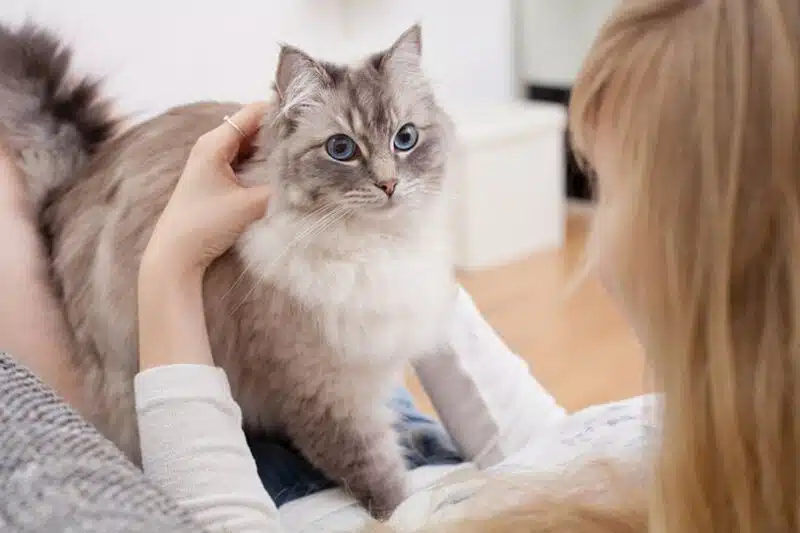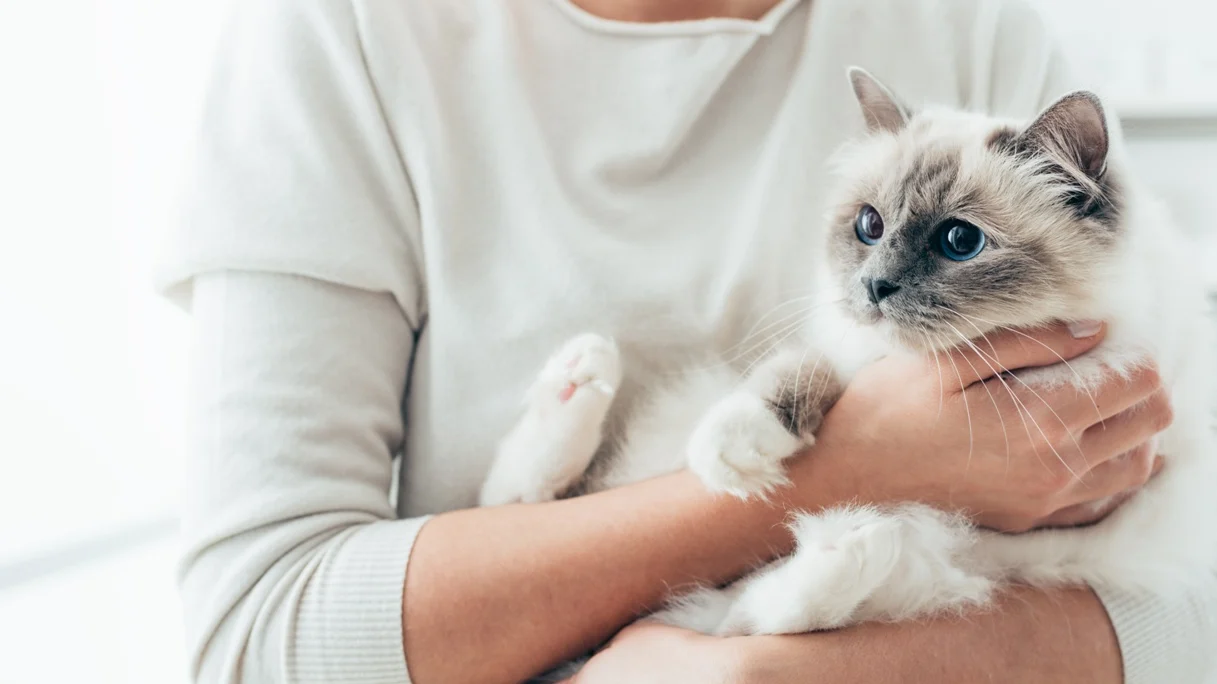In a world that often feels chaotic and overwhelming, many of us seek solace in the form of companionship. Among the various pets that grace our lives, cats have carved out a unique niche, offering a blend of comfort, companionship, and emotional healing. The concept of purrs solace encapsulates the profound impact that these furry friends can have on our mental well-being. This article explores the therapeutic benefits of cat companionship, shedding light on how their presence can aid in emotional healing.
The Science Behind Cat Companionship
1. The Therapeutic Power of Purring
One of the most endearing traits of cats is their purring. This soft, rhythmic sound is not only soothing but also has therapeutic effects. Research suggests that the frequency of a cat’s purr (around 25 to 150 Hertz) can promote healing in bones and tissues. This phenomenon, known as “therapeutic resonance,” implies that a cat’s purring may help reduce stress, anxiety, and even physical pain.
2. Emotional Support Through Unconditional Love
Cats offer a unique type of emotional support characterized by their independent yet affectionate nature. Unlike some pets that require constant attention, cats often respect personal space while still providing companionship. This dynamic allows for a comforting presence without overwhelming interaction, making them ideal companions for individuals dealing with emotional challenges.
3. Lowering Stress and Anxiety
Studies have shown that petting a cat can significantly reduce levels of cortisol, the stress hormone, while simultaneously increasing serotonin and dopamine, neurotransmitters associated with feelings of happiness and well-being. The simple act of stroking a cat not only brings joy but also promotes a state of relaxation, providing a reprieve from everyday worries.
How Cats Help in Emotional Healing
1. Providing Routine and Structure
For many individuals, particularly those facing mental health challenges, routine can be beneficial. Caring for a cat—feeding, grooming, and playing—instills a sense of responsibility and purpose. This daily structure can help individuals regain control over their lives, providing a comforting rhythm amidst uncertainty.
2. Combating Loneliness and Isolation
Loneliness can be a heavy burden, contributing to feelings of sadness and despair. Cats are known for their companionship, often curling up next to their owners or following them around the house. This presence can alleviate feelings of isolation, reminding individuals that they are not alone. The bond formed between a cat and its owner can provide immense comfort, helping to bridge the gap during challenging times.
3. Encouraging Mindfulness
Interacting with a cat encourages mindfulness, a practice that focuses on being present in the moment. Whether it’s watching a cat play or simply enjoying their purring while curled up on the couch, these moments promote relaxation and awareness. Mindfulness has been linked to improved emotional regulation, making it easier for individuals to cope with stress and anxiety.
4. Fostering Social Connections
Cats can also act as social catalysts, helping to foster connections with others. Whether through conversations at the vet or social media communities centered around cat ownership, having a cat can create shared experiences and build relationships. These social interactions can enhance feelings of belonging and support, which are crucial for emotional healing.
Personal Stories of Healing Through Cat Companionship
1. A Journey from Grief to Joy
Consider the story of Sarah, who adopted a cat named Luna after losing a family member. Initially, Sarah struggled with overwhelming grief. However, as Luna nestled beside her each night, Sarah found solace in the companionship. The gentle purring of Luna became a soothing balm, helping her navigate her emotions and find joy in small moments again.
2. Overcoming Anxiety
Another story comes from James, a college student battling anxiety. He found that spending time with his cat, Max, provided a much-needed escape from his daily stresses. The simple act of petting Max during study sessions calmed his racing thoughts, allowing him to focus better and feel more at ease in his environment.

Practical Tips for Cultivating Purrs Solace
1. Create a Comfortable Environment
To fully embrace the emotional healing that a cat can provide, create a welcoming environment. Cozy spots for your cat to lounge, plenty of toys, and a consistent routine can enhance the bond you share.
2. Spend Quality Time Together
Make a habit of spending quality time with your cat. Whether it’s playing with toys, grooming, or simply relaxing together, these moments can strengthen your emotional connection and promote mutual well-being.
3. Observe and Learn
Take time to observe your cat’s behavior. Cats can teach us valuable lessons about mindfulness, relaxation, and the importance of taking things one moment at a time. Embrace the tranquility that comes from watching them explore their world.
4. Engage in Interactive Play
Engaging your cat in interactive play can be both fun and beneficial for your emotional health. Use toys that encourage movement, like feather wands or laser pointers, to stimulate both your cat and yourself, promoting a sense of joy and laughter.
Conclusion
The concept of purrs solace beautifully captures the healing power of cat companionship. From their soothing purrs to their unwavering loyalty, cats offer emotional support that can profoundly impact mental well-being. Whether you’re dealing with loneliness, grief, or anxiety, the presence of a cat can provide comfort, companionship, and a sense of purpose.
As we navigate the complexities of life, the bond we share with our feline friends serves as a reminder that solace can be found in the simplest of gestures—like a gentle purr or a warm cuddle. Embracing this companionship not only enriches our lives but also fosters emotional healing, allowing us to face life’s challenges with a little more resilience and a lot more love.
FAQs About Purrs Solace
1. What does purrs solace mean?
Purrs solace refers to the emotional comfort and healing that cat companionship provides through their soothing purring, affectionate behavior, and presence. It emphasizes the therapeutic benefits of having a cat in your life.
2. How do cats contribute to emotional healing?
Cats contribute to emotional healing by offering companionship, reducing stress and anxiety, fostering mindfulness, and providing a sense of routine and responsibility. Their presence can combat feelings of loneliness and isolation.
3. What are the health benefits of cat companionship?
Research shows that having a cat can lower cortisol levels (the stress hormone), increase serotonin and dopamine levels (linked to happiness), and even promote physical healing through the therapeutic effects of their purring.
4. Can cats help with anxiety and depression?
Yes, many individuals find that spending time with cats alleviates symptoms of anxiety and depression. The comforting presence of a cat can provide emotional support and help individuals feel less alone.
5. How does the act of petting a cat affect mental health?
Petting a cat can trigger the release of oxytocin, a hormone associated with bonding and emotional connection. This interaction promotes relaxation, reduces stress, and fosters a sense of well-being.














